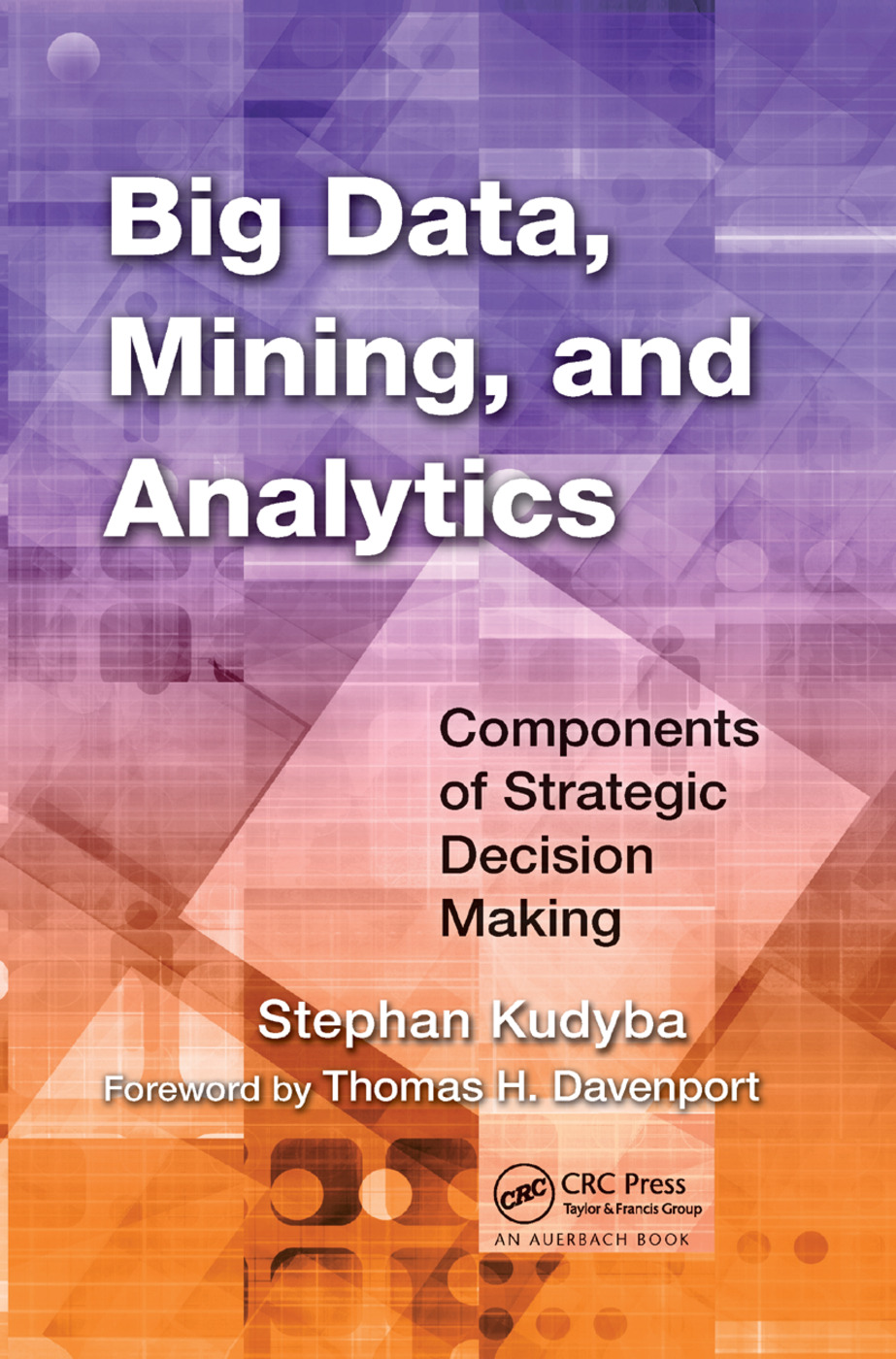基于特征识别的摄像头识别的深度特征学习
IF 6.2
1区 计算机科学
Q1 COMPUTER SCIENCE, ARTIFICIAL INTELLIGENCE
引用次数: 0
摘要
在本文中,我们通过考虑从相机获得的图像序列来考虑“端到端”数字相机识别问题。数码相机识别的问题比识别其模拟对应物的问题更难,因为模数转换的过程会消除模拟信号中的固有噪声。然而,已知通过分析在照片/视频捕获过程中引入到图像/视频中的相机的固有传感器伪像来识别数字相机是可能的。已知这样的方法是计算密集型的,需要昂贵的预处理步骤。在本文中,我们提出了一种端到端的深度特征学习框架,用于使用从相机获得的图像来识别相机。我们使用三个自定义数据集进行实验:第一个数据集包含室内环境中的两个相机,每个相机可以观察到没有重叠特征的不同场景,第二个包含来自室外设置中的四个相机的图像,但是其中每个相机观察具有重叠特征的场景,第三个包含来自室内设置中观察相同棋盘图案的两个相机的照片。我们的结果表明,在端到端框架中使用深度特征表示来捕捉相机的内在硬件特征是可能的。这些深层特征图反过来可以用来消除相机之间的歧义。我们的系统是端到端的,不需要复杂的预处理步骤,并且训练的模型在测试过程中计算高效,为生产环境中的数码相机识别问题提供了近乎即时的决策。最后,我们将其与当前最先进的数码相机识别技术进行了比较,这清楚地证明了端到端解决方案的优越性。本文章由计算机程序翻译,如有差异,请以英文原文为准。
Deep Feature Learning for Intrinsic Signature Based Camera Discrimination
In this paper we consider the problem of “end-to-end” digital camera identification by considering sequence of images obtained from the cameras. The problem of digital camera identification is harder than the problem of identifying its analog counterpart since the process of analog to digital conversion smooths out the intrinsic noise in the analog signal. However it is known that identifying a digital camera is possible by analyzing the camera's intrinsic sensor artifacts that are introduced into the images/videos during the process of photo/video capture. It is known that such methods are computationally intensive requiring expensive pre-processing steps. In this paper we propose an end-to-end deep feature learning framework for identifying cameras using images obtained from them. We conduct experiments using three custom datasets: the first containing two cameras in an indoor environment where each camera may observe different scenes having no overlapping features, the second containing images from four cameras in an outdoor setting but where each camera observes scenes having overlapping features and the third containing images from two cameras observing the same checkerboard pattern in an indoor setting. Our results show that it is possible to capture the intrinsic hardware signature of the cameras using deep feature representations in an end-to-end framework. These deep feature maps can in turn be used to disambiguate the cameras from each another. Our system is end-to-end, requires no complicated pre-processing steps and the trained model is computationally efficient during testing, paving a way to have near instantaneous decisions for the problem of digital camera identification in production environments. Finally we present comparisons against the current state-of-the-art in digital camera identification which clearly establishes the superiority of the end-to-end solution.
求助全文
通过发布文献求助,成功后即可免费获取论文全文。
去求助
来源期刊

Big Data Mining and Analytics
Computer Science-Computer Science Applications
CiteScore
20.90
自引率
2.20%
发文量
84
期刊介绍:
Big Data Mining and Analytics, a publication by Tsinghua University Press, presents groundbreaking research in the field of big data research and its applications. This comprehensive book delves into the exploration and analysis of vast amounts of data from diverse sources to uncover hidden patterns, correlations, insights, and knowledge.
Featuring the latest developments, research issues, and solutions, this book offers valuable insights into the world of big data. It provides a deep understanding of data mining techniques, data analytics, and their practical applications.
Big Data Mining and Analytics has gained significant recognition and is indexed and abstracted in esteemed platforms such as ESCI, EI, Scopus, DBLP Computer Science, Google Scholar, INSPEC, CSCD, DOAJ, CNKI, and more.
With its wealth of information and its ability to transform the way we perceive and utilize data, this book is a must-read for researchers, professionals, and anyone interested in the field of big data analytics.
 求助内容:
求助内容: 应助结果提醒方式:
应助结果提醒方式:


